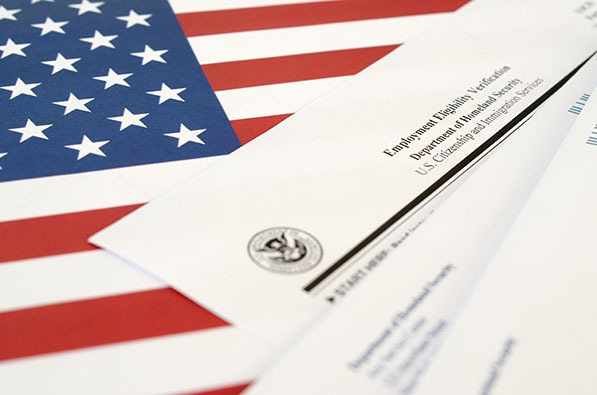
Changes in the Rules or Employment Authorization in Special Situations:
Have you ever wondered about the rules and requirements for getting a job in the United States? Well, today we have some exciting news to share with you. The U.S. Citizenship and Immigration Services (USCIS) has just released new information about when people can apply for a special work permit called an Employment Authorization Document (EAD). This document allows people to work legally in the U.S. Let’s dive in and learn more about it!
What are Compelling Circumstances?
To be eligible for an initial EAD based on compelling circumstances, there are certain things that applicants need to meet. Let’s break it down into simpler terms:
- The person applying for the EAD should have a special work permit called Form I-140, which means they are highly skilled workers.
- They should be in one of these nonimmigrant statuses or authorized grace periods: E-3, H-1B, H-1B1, O-1, or L-1.
- They should not have applied for a green card yet.
- They cannot get an immigrant visa based on when they applied compared to other people applying for visas.
- They need to provide their fingerprints (biometrics) as required.
- They and their dependents (family members) should not have been found guilty of serious crimes.
- Finally, USCIS will decide if they have a good enough reason to get the work permit.
What are Compelling Circumstances?
The USCIS has given some examples of situations that can be considered as compelling circumstances. Here are a few:
- If the person is very sick or has a disability.
- If there is a problem with their employer, like a disagreement or punishment.
- If something bad might happen to them if they go back to their home country.
- If their job is in danger, and losing it could mean big problems for them and their family.
How to Prove Compelling Circumstances?
Now, let’s talk about how someone can show that they have compelling circumstances. Here are some ways to prove it:
- If the person has been waiting for a long time to get a green card and they have proof, like school records or documents showing they own a house or have a long-term rental agreement.
- If losing their job means their family will have to sell their house, take their kids out of school, and move back to their home country.
That’s it for today, friends! We hope you enjoyed learning about the new rules for getting a special work permit in the United States. Remember, these rules are for people who have special circumstances and need extra help. It’s important to follow the rules and have the right documents to work legally in the country. Stay curious and keep learning!

